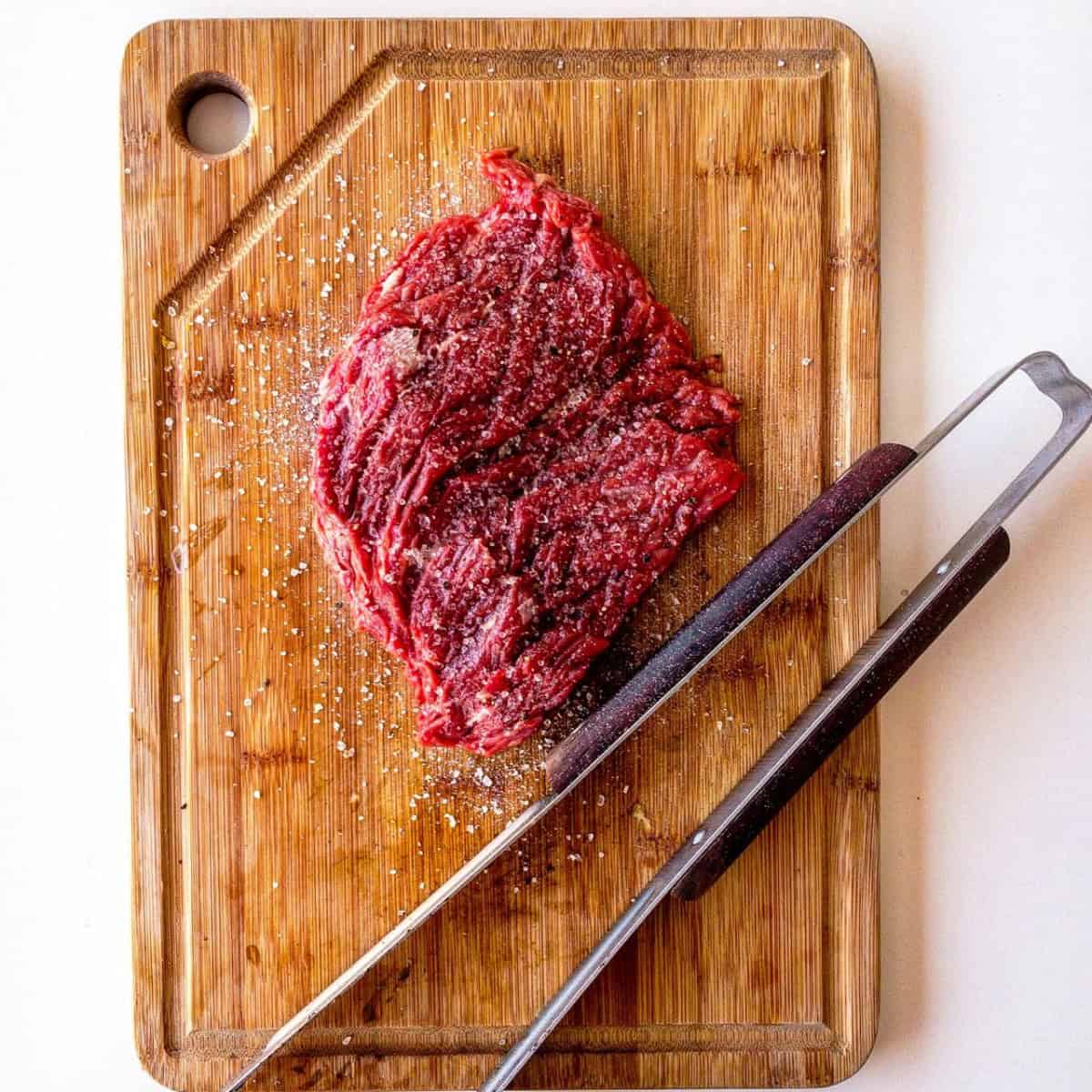No one likes thinking about medical waste. However, workplaces normally produce it, and the average home does as well. When you have medical waste, you don’t want to leave it lying around, especially if you have kids or pets in the house.
Your household may produce more medical waste than you’d suspect, so we should take a little time to talk about how you can identify and get rid of it. Once you get in the habit, you should have no problem sticking to this routine. You can teach others who live with you to do the same thing.
What Medical Waste Might Your Home Produce?
First, let’s go over what you should consider medical waste. Maybe you have an older individual in your home who has incontinence issues. You might have to get rid of their adult diapers. You can consider that medical waste.
On the other end of the spectrum, you may have some very young children in the house. They will likely wear and use diapers as well. Any time they soil one, that’s definitely medical waste.
What Other Medical Waste Products Does the Average Household Produce?
More individuals receive a diabetes diagnosis these days than ever before. More people get to the point where they’re overweight if they don’t exercise enough and they lead a sedentary lifestyle.
If you have received this diagnosis, then you might use sharps, which is what the medical community calls needles with which you can inject yourself with insulin. You may also have someone living with you who has a diabetes diagnosis, but it’s not through any action they took. They might have genetic factors that caused it.
You can consider any used needles medical waste as well. In addition, if you ever have some medication that you decide you don’t want to use, that’s medical waste and may require a local biohazard cleanup.
If you have used tissues, anything with blood on it, or anything else that contacted human waste products, that all falls into the general medical waste category. However, you can usually throw something like a used tissue away without doing anything special with it. If you’re worried that a pet or child might find it, you can always seal up a trash bag containing this kind of relatively innocuous medical waste.
Sharps Containers
You can use a sharps container to hold any used needles until such time as you’re ready to throw the container away. You have probably seen a sharps container before, even if you didn’t know that’s what the medical industry calls it. They’re usually red and have a biohazard label on them. They’re about the size of a child’s lunchbox, though you can also get bigger ones sometimes.
You can buy a sharp’s container at a pharmacy or from a medical supply establishment. You might order one through the mail and have the manufacturer ship it to you, or you may buy it at a brick-and-mortar store location. If you have a medical supply store nearby and you know that you often need these sorts of containers, you might save money on postage if you purchase one in person.
You’ll need to look around online to find out what your state wants you to do with the sharps container when it’s full or you no longer need it. Some will allow you to simply throw the whole container in the trash with no further precautions needed. However, others might have special designated locations where they want you to drop it off.
The Double Bag Method
If you have other medical waste, such as expired medication, you should never flush that down the toilet, even if it might seem like an easy disposal method. That can contaminate the water supply.
Instead, you can put the unused meds in a heavy-duty black trash bag. You can do this with any other kinds of medical waste as well, such as the used diapers we mentioned earlier. If you have soiled bandages or anything else left over from a surgery recovery, that can also go into one of these black, opaque trash bags.
You can then double knot the bag and put it inside a second trash bag. Put a double know on that one as well. Then, you can place that double bag directly into an outside trash can. That way, it’s almost impossible for someone to touch it or otherwise come into contact with it.
These methods should keep you and your family safe.





Leave a Reply